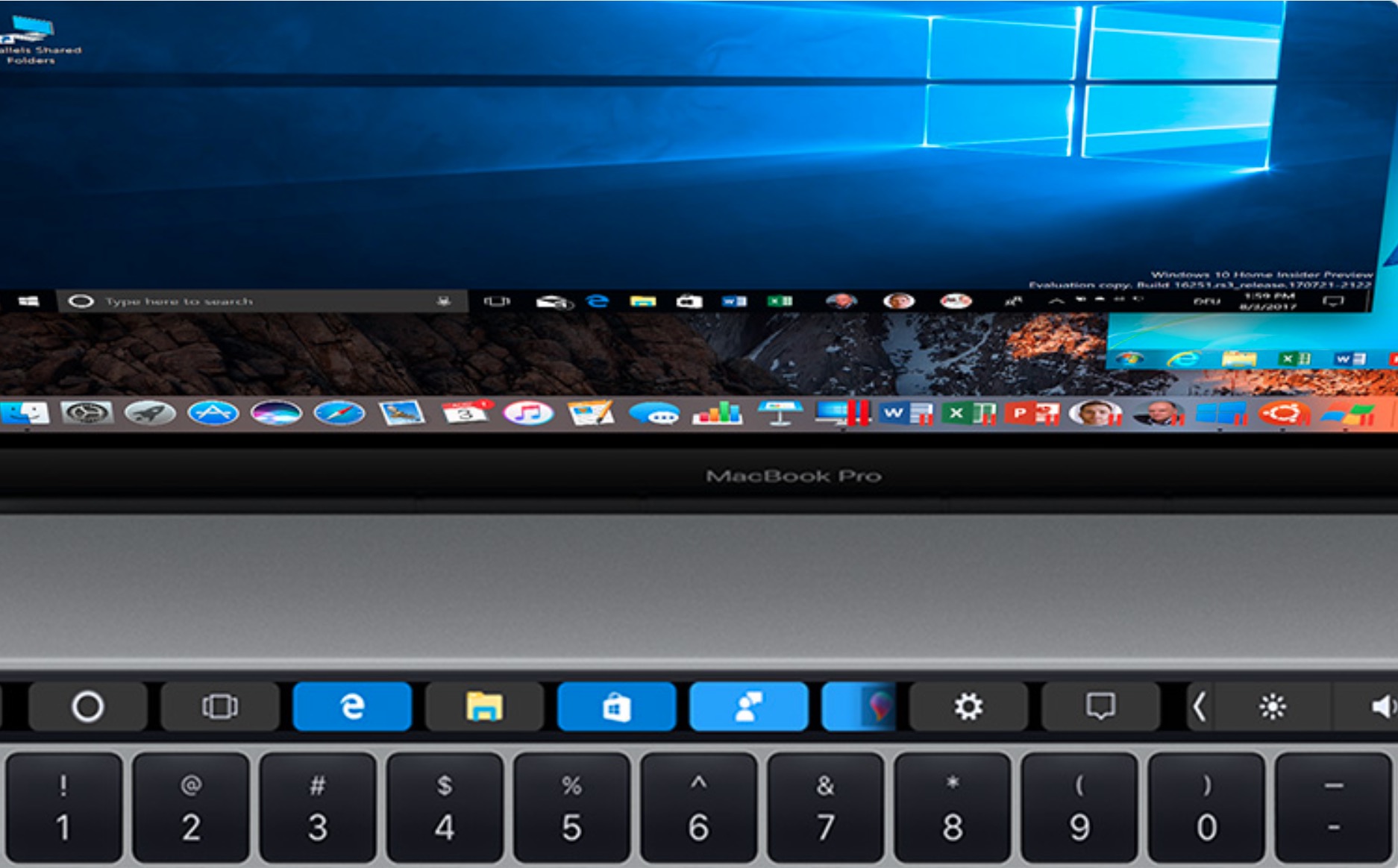

- #Parallel mac os sierra on windows for mac#
- #Parallel mac os sierra on windows install#
- #Parallel mac os sierra on windows update#
- #Parallel mac os sierra on windows software#
#Parallel mac os sierra on windows for mac#
Parallels Desktop improves the situation significantly for Mac gamers, and it’s quite fascinating to see Win32 games being emulated on Windows 11 on ARM, all running in a virtual machine on a Mac. Macs have never been great for gaming, and the situation has gotten worse after Apple dropped support for all 32-bit apps and games with macOS Big Sur. However, most DirectX11 games that don’t require a specific GPU should work just fine, as explained in the video below. Playing games isn’t a great scenario, though, as Parallels Desktop 17 doesn’t support DirectX12. Running Windows 11 on ARM on an M1 Mac via Parallels Desktop feels like a no-compromises experience, and Windows 11 really improved compatibility and performance with Windows apps that have yet to be recompiled for the ARM64 architecture. You can activate Windows 11 on ARM with a regular Windows 11 key when the installation is done, though that’s not necessary.
#Parallel mac os sierra on windows update#
A recent Parallels Desktop update also enabled the new virtual TPM 2.0 chip by default to ensure that the minimum requirements for Windows 11 are met. Once you’ve downloaded a Windows 11 on ARM ISO from Microsoft’s website, installing Windows 11 on an M1 Mac is pretty straightforward.
#Parallel mac os sierra on windows software#
It’s still possible to manually choose your CPU and memory settings, but Parallels Desktop also offers different profiles (Productivity, Software testing, Gaming, etc.) with optimized settings. Windows 11 requires a two-core CPU and a minimum of 4GB of RAM, and Parallels Desktop can automatically choose the amount of RAM and CPU cores your Windows 11 VM needs. Windows 11 on ARM pretty much flies on the M1 Mac Mini I have which has 16GB of unified memory. What it’s like to run Windows 11 on an M1 Mac So far, the company did a very good job, but some important questions still remain. With Apple still in the process of transitioning its whole Mac line to Apple Silicon throughout 2022, Parallels had no choice but to optimize its software for Apple Silicon Macs and ARM versions of Windows.

Over the past couple of weeks, I’ve been using Parallels Desktop 17 for Mac to run Windows 11 on ARM on an M1-based Mac Mini, and the experience has been pretty seamless so far. Parallels Desktop 17, the latest version of the app released earlier this summer was a cornerstone release, bringing support for Windows 11 on both Intel and M1-based Macs. This is where virtualization software like Parallels Desktop for Mac comes to the rescue.
#Parallel mac os sierra on windows install#
As for Apple’s new M1-based Macs, Boot Camp is not supported at all on these machines, so you can’t install Windows 11 on ARM or even Windows 10 on ARM on a separate partition. If you were planning to use Apple’s Boot Camp tool to install Windows 11 on a separate partition on your Mac, you’re out of luck: Windows 11 isn’t supported on Intel-based Macs, as these machines don’t have the TPM 2.0 security chip and Secure Boot feature that the OS requires. Due to stricter minimum hardware requirements, Windows 11 will likely leave many old PCs on the sidelines, and it’s a pretty similar story for Mac users. Microsoft officially released Windows 11 earlier this month, and the new OS has just started rolling out to a larger pool of eligible PCs. Could Windows 365 make virtualization software irrelevant?.Microsoft doesn’t officially support Windows 11 on M1 Macs.What it’s like to run Windows 11 on an M1 Mac.


 0 kommentar(er)
0 kommentar(er)
